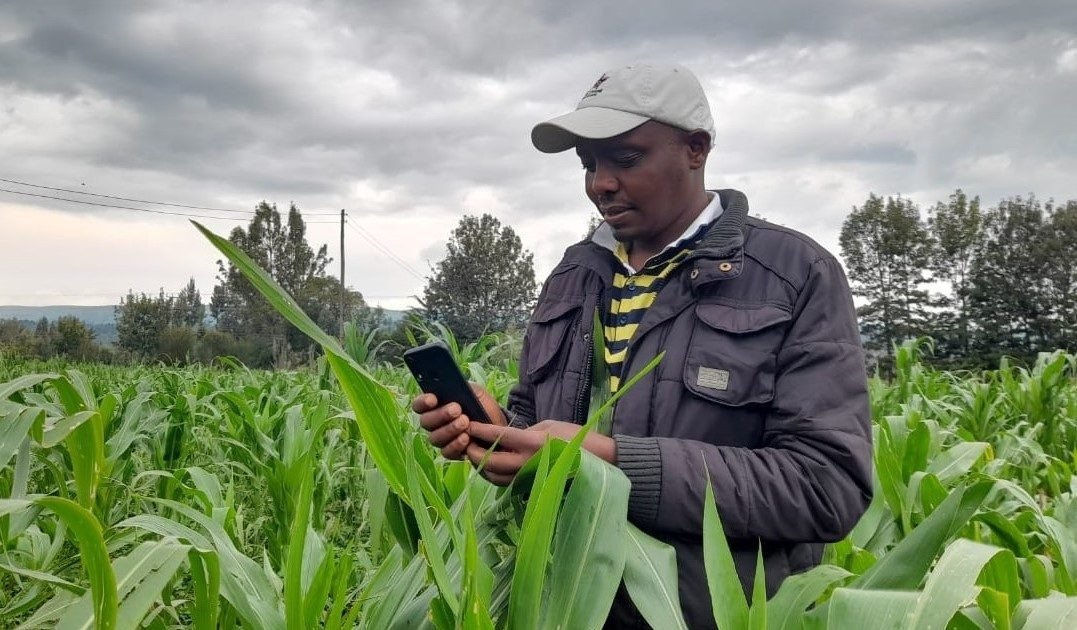Ontario’s agri-food sector stands as a cornerstone of Canada’s agricultural landscape, renowned for its diversity, innovation, and resilience. Central to this success is the province’s robust extension system—a dynamic network of research, education, and outreach that bridges the gap between scientific advancements and practical, on-the-ground application.
The Evolution of Agricultural Extension in Ontario
Historically, agricultural extension in Ontario was characterized by a strong presence of public extension services, particularly through the Ontario Ministry of Agriculture, Food and Rural Affairs (OMAFRA). These services played a pivotal role in disseminating research findings, offering technical support, and fostering community engagement among farmers.
However, over the past few decades, there has been a noticeable shift. The decline in the number of farms, coupled with budgetary constraints, has led to a reduction in public extension services. This trend has prompted a reevaluation of the role and structure of agricultural extension in the province.
Contemporary Agri-Food Extension Initiatives
Despite challenges, Ontario’s agri-food extension landscape has adapted through collaborative efforts among government agencies, academic institutions, industry organizations, and farmer-led initiatives. These partnerships have given rise to innovative programs that continue to support the sector’s growth and sustainability.
1. ONFARM Program
The On-Farm Applied Research and Monitoring (ONFARM) program, led by the Ontario Soil and Crop Improvement Association (OSCIA) in collaboration with OMAFRA, exemplifies a successful extension model. This initiative focuses on soil health and water quality research across Ontario’s farms, engaging farmers directly in applied research projects. The program not only generates valuable data but also facilitates knowledge transfer through farmer participation and community forums. Learn more at ontariosoilcrop.org.
2. Ontario Agri-Food Research Initiative (OAFRI)
OAFRI represents a significant investment in the province’s agri-food sector, with recent funding aimed at enhancing research and innovation. The initiative supports projects that develop new technologies and practices, such as digital tools for biosecurity in livestock farming and contamination detection in food processing, fostering competitiveness and growth. More info at canada.ca.
3. Agri-Food Data Canada (ADC)
In the digital age, data plays a crucial role in agricultural decision-making. ADC, based at the University of Guelph, enhances the agri-food data ecosystem by promoting FAIR (Findable, Accessible, Interoperable, Reusable) principles, ensuring research data is organized and accessible, supporting informed decision-making and fostering innovation. Visit agrifooddatacanada.ca for details.
4. Knowledge Translation and Transfer (KTT)
Effective extension goes beyond research; it involves translating knowledge into actionable insights. Ontario’s extension system emphasizes KTT to communicate research outcomes effectively to stakeholders, accelerating the adoption of new practices and technologies. Learn more at ontario.ca.
Challenges and Future Directions
While Ontario’s agri-food extension system has demonstrated resilience, it faces ongoing challenges including resource constraints and the need for modernization. There is growing recognition of the importance of long-term research and integration of emerging fields like smart farming and One Health approaches, which consider interconnectedness of plant, animal, and human health. Read more at ofa.on.ca.
Future extension efforts will likely focus on enhancing digital literacy among farmers, fostering greater collaboration between stakeholders, and ensuring extension services adapt to the evolving needs of the agri-food sector.
Conclusion
Ontario’s agri-food extension literature reflects a dynamic and evolving system that continues to adapt to the changing landscape of agriculture. Through innovative programs and collaborative efforts, the province is poised to maintain its leadership in sustainable and productive agriculture. As the sector faces new challenges and opportunities, the role of extension will remain pivotal in shaping its future trajectory.


